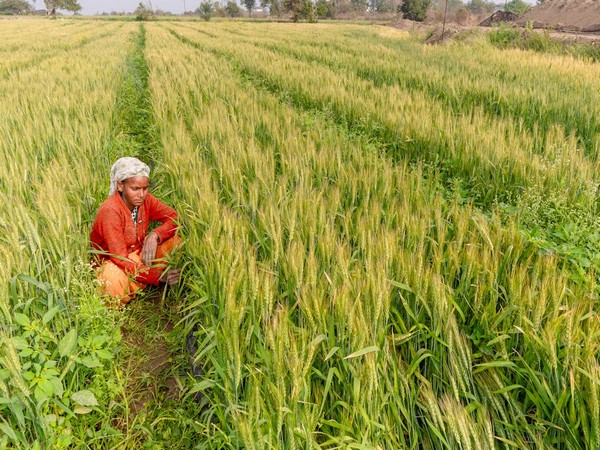Kharif crop sowing in India has shown a promising growth this year, with farmers planting crops across 1,104.63 lakh hectares so far, marking a 1.5 per cent year-on-year increase compared to the previous year. This surpasses the average area under cultivation over the past few years. Various crops such as paddy, pulses, oilseeds, millets, and sugarcane have seen increased sowing, while cotton and jute/mesta have shown lower numbers.
Within the pulse category, crops like arhar, moong, kulthi, and moth bean have shown positive growth, aside from urad bean. India, being a major consumer and producer of pulses, has been focusing on promoting pulse cultivation to supplement domestic consumption with imports. The total area under cultivation for the Kharif season in 2023 was 1,107.15 lakh hectares, surpassing the normal Kharif area.
India has three cropping seasons – Summer, Kharif, and Rabi. Kharif crops, dependent on monsoon rains and sown during June-July, are harvested in October-November. The Indian Meteorological Department (IMD) and private forecaster Skymet have predicted above-normal monsoon rains this year, which have positively impacted crop sowing this Kharif season.
This year’s favorable monsoon conditions are expected to boost agriculture and improve the sector’s gross value added (GVA), according to rating agency ICRA. Traditionally, Indian agriculture heavily relies on monsoon rainfall, and the promising monsoon forecast for this year is good news for farmers across the country. With increased crop sowing and positive growth in various crops, the agricultural sector in India is showing signs of growth and resilience in the face of changing weather patterns and economic uncertainties.











